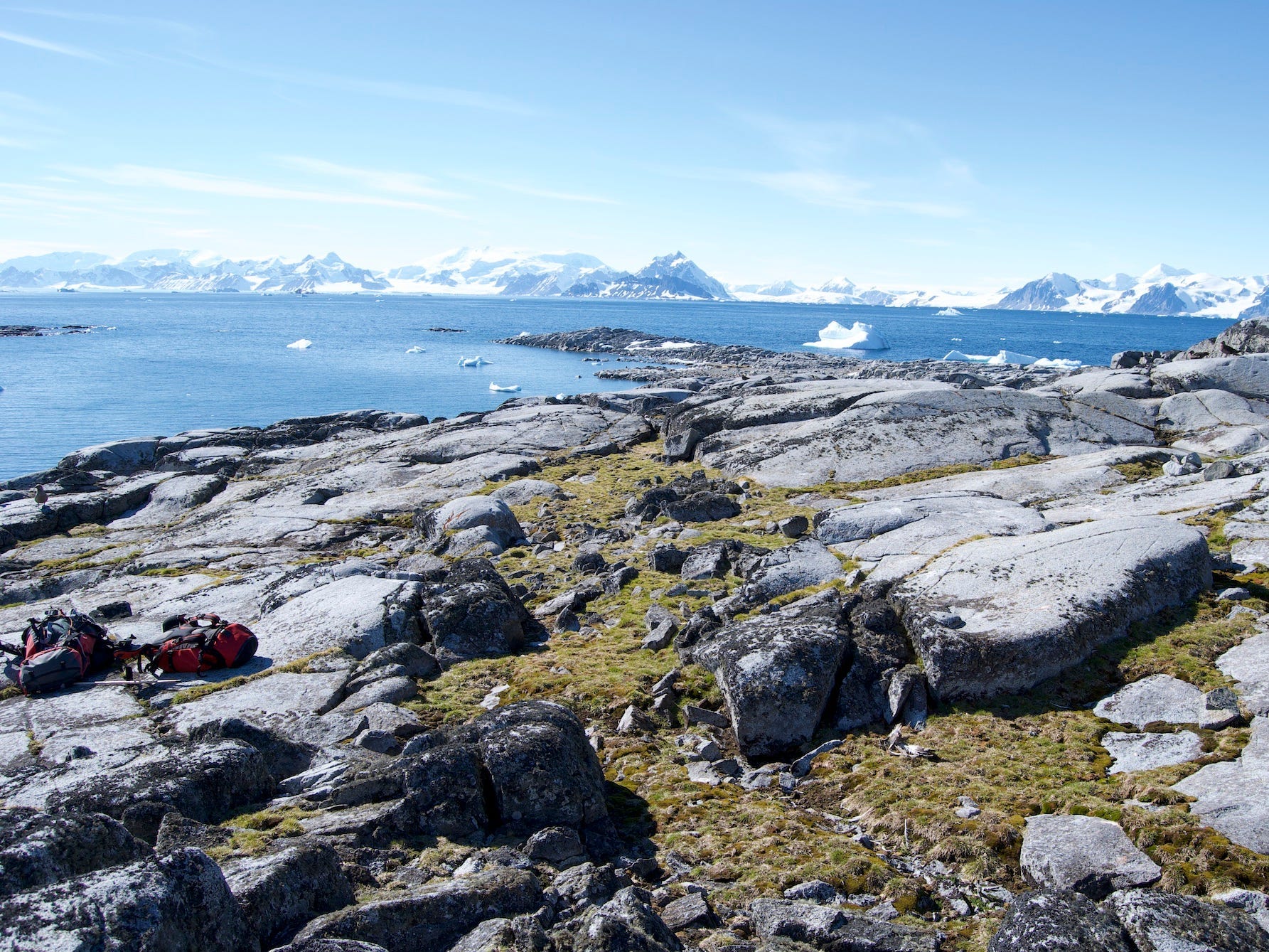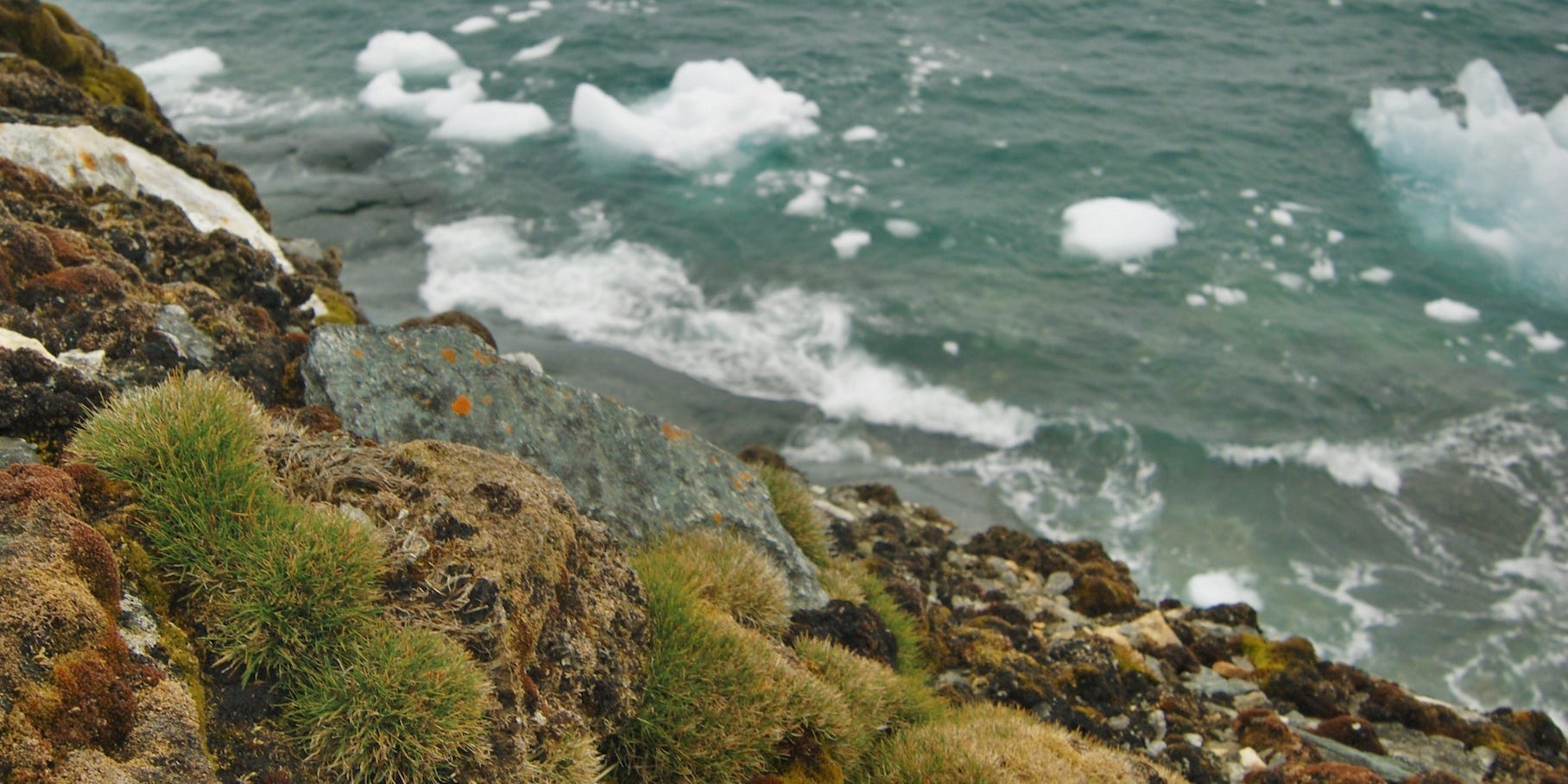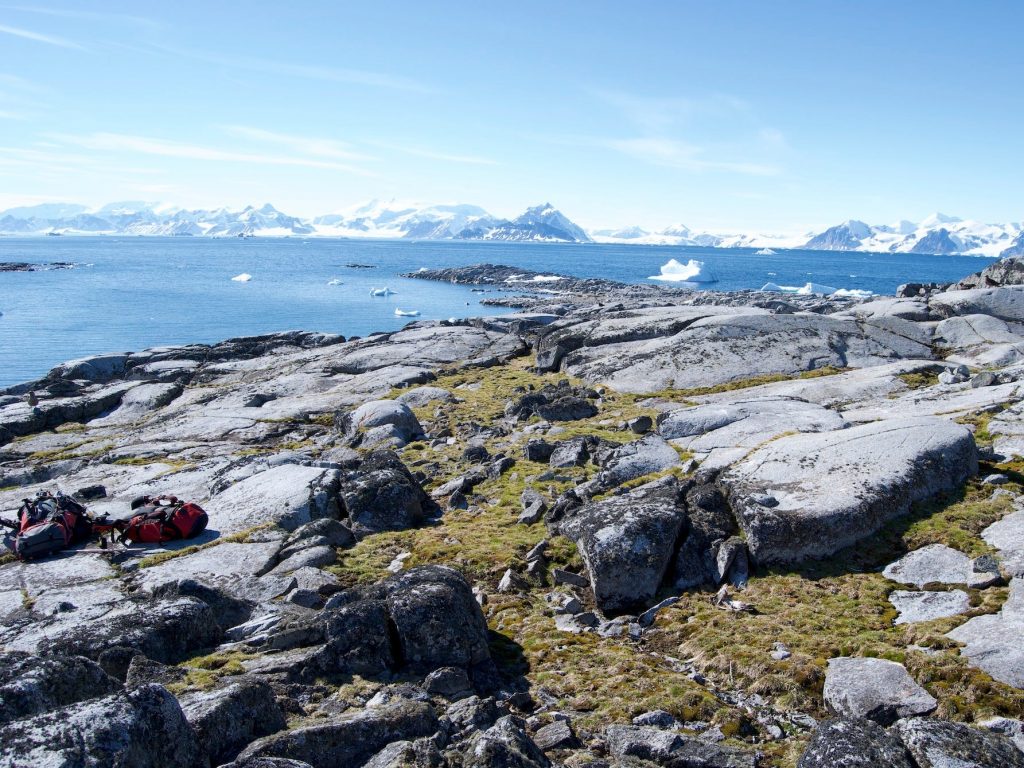
- The pristine Antarctic ecosystem is being upended by the climate crisis, a study found.
- With warming summers, the numbers of two flowering plants in Antarctica have grown rapidly.
- Scientists had thought Antarctica would be more resistant to rapid changes caused by the climate crisis.
Two flowering plants have been multiplying rapidly in Antarctica as the climate crisis has warmed the summers, a study found.
The findings, which were published in the peer-reviewed journal Current Biology on Monday, are the first to provide clues that not even the pristine and fragile environments of Antarctica are safe from the effects of the climate crisis.
"Until now, most scientists thought that Antarctica could exhibit a sort of inertia to climate change impacts," Nicoletta Cannone, a study author and associate professor of terrestrial ecology at Italy's University of Insubria, told Insider in an email.
"Our analyses show that now Antarctica is responding fast and this is due to the increase of the warming trend," she said.

Human activity on the continent is limited by strict regulation, making Antarctica the most pristine environment on Earth.
Because it is also the coldest, windiest, and driest environment, very few plants can grow there — and only two, Deschampsia antarctica and Colobanthus quitensis, can flower.
The study looked at the density of these two plants on Signy Island, part of the South Orkney Islands of Antarctica.
It found Descampia's growth accelerated tenfold between 2009 and 2019 compared to the time period between 1960 to 2009, while Colobanthus grew five times quicker.
Other factors could be influencing the plant growth. For instance, fur seals, who trample the plants, have been less common in the area in recent years, per the study. But for the authors, climate warming is the main reason the ecosystem has changed so rapidly.
As the plant growth is not only increasing but also accelerating, "we think we're starting to see what is almost like a step change or a tipping point," Peter Convey, an author on the study from the British Antarctic Survey told New Scientist.
Cannone predicts that the flowering plants will eventually out-compete mosses and lichens that make up most of the vegetation in the Antarctic ecosystem, she said.
The more temperate conditions in the area could also leave the door open to non-native invasive species, per the study.
